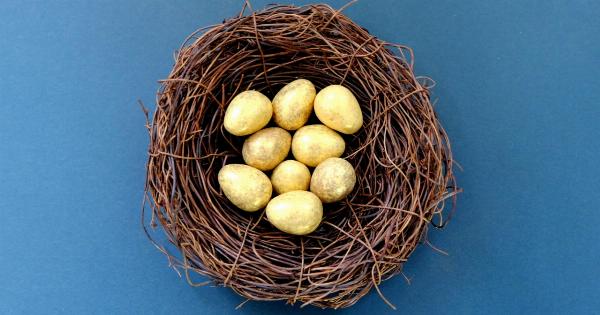In many cultures around the world, the observance of festivals and celebrations goes hand in hand with the consumption of traditional dishes and desserts.
One such culinary delight is the lantern cake, which holds a significant place in various societies, particularly during festive occasions. This article explores the rich history and cultural significance of the lantern cake, as well as its preparation methods and variations across different regions.
The Origins of the Lantern Cake
The history of the lantern cake can be traced back centuries ago. However, its exact origins are shrouded in mystery, as different accounts and legends exist across various cultures and countries.
In Chinese folklore, the lantern cake is associated with the Mid-Autumn Festival, also known as the Moon Festival.
This ancient celebration takes place on the 15th day of the eighth lunar month, when the full moon is believed to be the brightest and roundest. Lantern-shaped cakes, made of glutinous rice flour and sweet fillings, are often enjoyed during this festival as a symbol of family reunion and harvest festivities.
In certain European countries, such as Germany and Austria, lantern cakes are traditionally prepared during Easter. These cakes, often shaped like eggs or bunnies, are associated with the symbolic themes of rebirth and new beginnings.
Preparation Methods and Variations
The preparation of lantern cakes varies depending on the cultural and regional context. However, there are some common techniques and ingredients that are used in most traditional recipes.
One of the key components in lantern cake recipes is the dough or batter. It is often made from a combination of flour, sugar, eggs, and butter or oil. The dough is usually flavored with spices, such as vanilla or cinnamon, to enhance its taste.
For Chinese lantern cakes, glutinous rice flour is used to create a sticky and chewy texture. The dough is then filled with sweet fillings, such as red bean paste, lotus seed paste, or black sesame paste.
These fillings are considered auspicious and bring good luck in Chinese culture.
European lantern cakes, on the other hand, may feature different types of sponge cake batters. These can be flavored with lemon zest, cocoa powder, or almond extract.
The cakes are often shaped using specialized molds, which give them their distinctive lantern-like appearance.
While the original recipes for lantern cakes have been passed down through generations, modern variations have also emerged in recent years. These variations include vegan and gluten-free options to accommodate dietary preferences and restrictions.
The Cultural Significance of Lantern Cakes
The observance of lantern cake traditions carries deep cultural significance in many societies. These cakes are often associated with joyous occasions, family reunions, and the celebration of cultural heritage.
In Chinese culture, lantern cakes are a central part of the Mid-Autumn Festival celebrations. Families gather to enjoy these cakes, exchange gifts, and admire elaborately crafted lanterns.
Lantern riddles are also a popular activity during this festival, where participants solve riddles attached to lanterns in exchange for lantern cakes as prizes.
In European countries, lantern cakes have become symbols of festivity and togetherness. They are often shared among family and friends during Easter gatherings, alongside other traditional Easter delicacies.
Children also participate in cake decoration competitions, adding an extra element of excitement to the festivities.
Celebrating with Lantern Cakes Today
The observance of lantern cake traditions continues to thrive in the present day. These delightful cakes can be found in bakeries, patisseries, and households around the world, especially during festive seasons.
For many individuals, lantern cakes evoke nostalgia and a sense of cultural connection. They serve as a reminder of treasured traditions and the importance of coming together to celebrate.
Whether it’s a Chinese lantern cake during the Mid-Autumn Festival or a European lantern cake during Easter, these treats bring people closer and create lasting memories.
Conclusion
The observance of the lantern cake is an enduring tradition in various cultures, symbolizing unity, joy, and cultural heritage.
From the Chinese Mid-Autumn Festival to European Easter celebrations, these cakes bring people together during festive occasions. Whether enjoyed as a traditional recipe or a modernized variation, the lantern cake continues to captivate palates and hearts around the world.






























